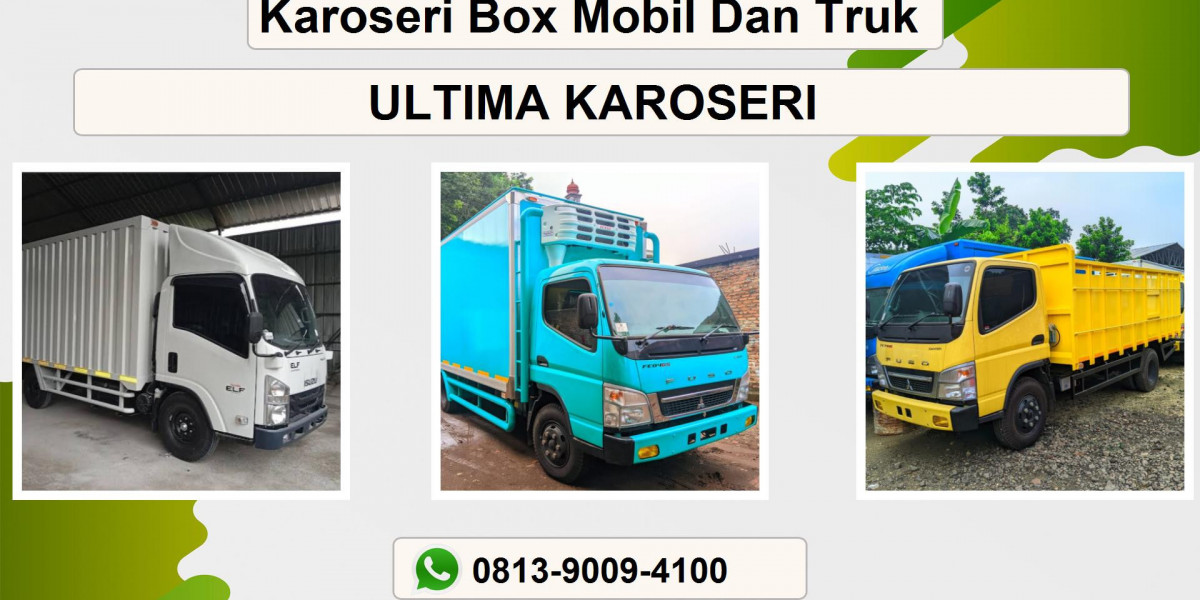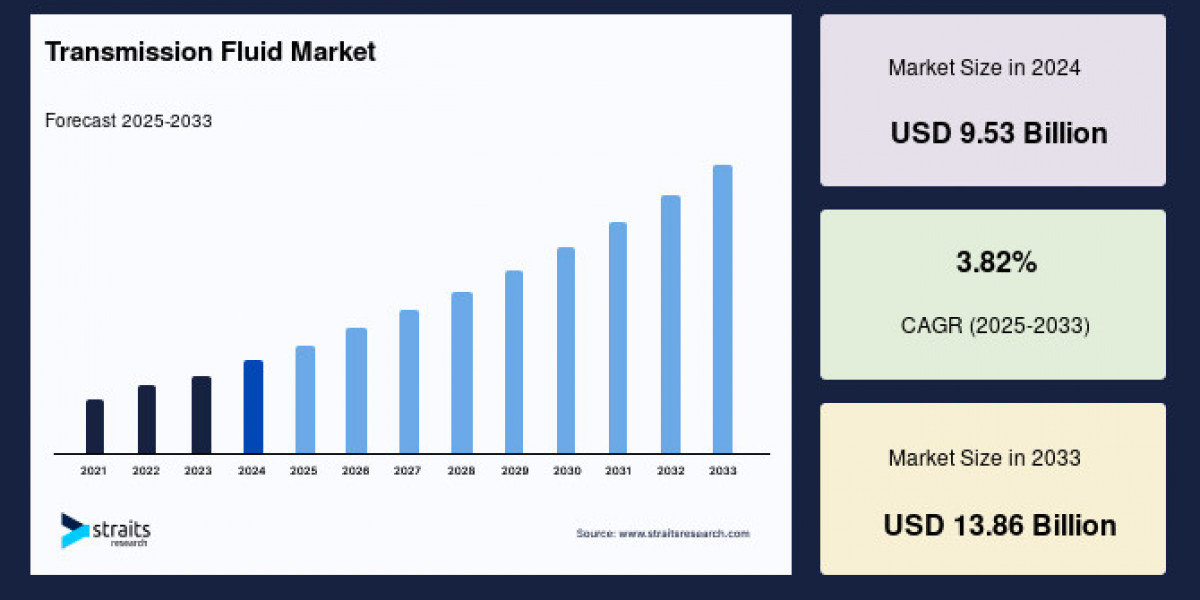In the diverse world of corporate mobility, "leasing" is not the only option for businesses seeking flexibility. A closely related and rapidly growing alternative is long-term car rental services. As of late 2025, these services, often called "subscriptions," are carving out a crucial niche in the Indian market by offering a solution for companies that need vehicles without the multi-year commitment of a traditional lease. While they both involve paying a monthly fee for a car instead of buying it, the key differences lie in flexibility, duration, and the "all-inclusive" nature of the service. This article explores the unique characteristics of long-term rental and how it compares to traditional fleet leasing.
What Are Long-Term Car Rental Services (Subscriptions)?
Think of it as a middle ground between a daily rental and a multi-year lease. A long-term rental, or subscription, is a service where a company (or individual) pays a fixed monthly fee for the use of a car. The key features are:
Flexible Duration: This is the main advantage. Contracts are much shorter, typically ranging from 1 month to 12 or 24 months.
All-Inclusive "Wet" Model: The monthly fee is almost always fully inclusive. It covers the vehicle, insurance, maintenance, repairs, and 24/7 roadside assistance. The user generally only adds fuel (or pays for charging).
No Long-Term Commitment: The client can often return the car, swap it for a different model, or extend the rental on a monthly basis after the initial lock-in period, offering unparalleled flexibility.
No Down Payment: Like an operating lease, there is typically no large down payment required, just a refundable security deposit.
Long-Term Rental vs. Traditional Fleet Leasing: A Head-to-Head
While they sound similar, the use case and cost structure are different. Let's compare:
| Feature | Long-Term Rental (Subscription) | Traditional Fleet Leasing (Operating Lease) |
| Contract Duration | Short-Term / Flexible (1 to 24 months) | Long-Term / Fixed (Typically 36 to 60 months) |
| Core Value | Maximum Flexibility | Lowest Possible Total Cost |
| Monthly Cost | Higher per month | Lower per month (due to the longer commitment) |
| Vehicle Choice | Usually from the provider's existing fleet of new or nearly-new cars. | Client typically chooses the exact new car (make, model, variant, color) to be procured. |
| Commitment | Low. Can often be cancelled with short notice after the minimum term. | High. Terminating a lease early incurs significant penalties. |
| Best For | Startups, new employees on probation, temporary projects, seasonal businesses, or companies wanting to try EVs. | Established companies with stable, long-term fleet needs (e.g., for senior management, sales teams). |
Why is This Model Growing in India?
The subscription/long-term rental model is booming in India's dynamic corporate environment.
The Startup Ecosystem: India's vibrant startup culture is a perfect fit. A new company, unsure of its headcount in six months, cannot commit to a 3-year lease. It can, however, rent 5 cars for 6 months and then easily add or remove vehicles as needed.
Project-Based Work: Companies in IT, consulting, and construction often have project-based needs for vehicles. Long-term rentals allow them to scale their fleet up for a 12-month project and scale it down immediately afterward.
Employee Flexibility: It's an attractive option for employees who are new to a city or on a temporary assignment.
"Trying Before Buying" (especially EVs): This model is a popular way for companies and individuals to "live with" an electric vehicle for 6 or 12 months to see if it fits their lifestyle, without the long-term commitment of a lease or purchase.
Market Players
The market includes traditional car rental companies (like Avis, Hertz) who have expanded their long-term offerings, as well as new-age, digitally-native subscription platforms. Many fleet leasing companies (like Ayvens) and even automakers (like Maruti Suzuki Subscribe or Quiklyz) now offer both traditional leasing and flexible subscription services to cover all customer needs. Companies like WTicabs are also major players in this "pay-for-what-you-use" corporate mobility space, offering flexible solutions across hundreds of cities.
Conclusion
While automotive fleet leasing is the ideal solution for stable, long-term vehicle needs, long-term car rental services have emerged as the vital, flexible alternative. They cater to the modern business world's need for agility, offering a "fleet-on-demand" model that perfectly complements the more rigid, cost-optimized structure of traditional leasing.
Frequently Asked Questions (FAQ)
Q1: What is the main difference between long-term rental and leasing?
A1: The main difference is flexibility and commitment. Long-term rentals (or subscriptions) are for shorter, flexible periods (1-24 months) with no long-term commitment. Traditional leasing is for fixed, long-term periods (3-5 years) with significant penalties for early termination, but offers a lower monthly cost in exchange for that commitment.
Q2: Is long-term rental more expensive than leasing?
A2: Yes, on a like-for-like monthly basis, a long-term rental is almost always more expensive than a 3-5 year lease. The customer pays a premium for the flexibility, the short-term commitment, and the ability to swap or return the vehicle easily.
Q3: Why would a business choose a long-term rental over a cheaper lease?
A3: A business would choose a rental for its flexibility. It's ideal for situations with uncertain needs, such as for new employees on probation, for temporary projects, or for businesses that experience seasonal peaks and need to scale their fleet up and down quickly without penalty.
Q4: Can I get an EV on a long-term rental or subscription?
A4: Yes. EV subscriptions are a very popular and growing segment. They allow companies and individuals to try an EV for 6 or 12 months to see if it fits their operational needs and charging situation, without the multi-year commitment of a lease or the high cost of purchase.
More Related Report
Automotive Ultrasonic Sensors Market Size














